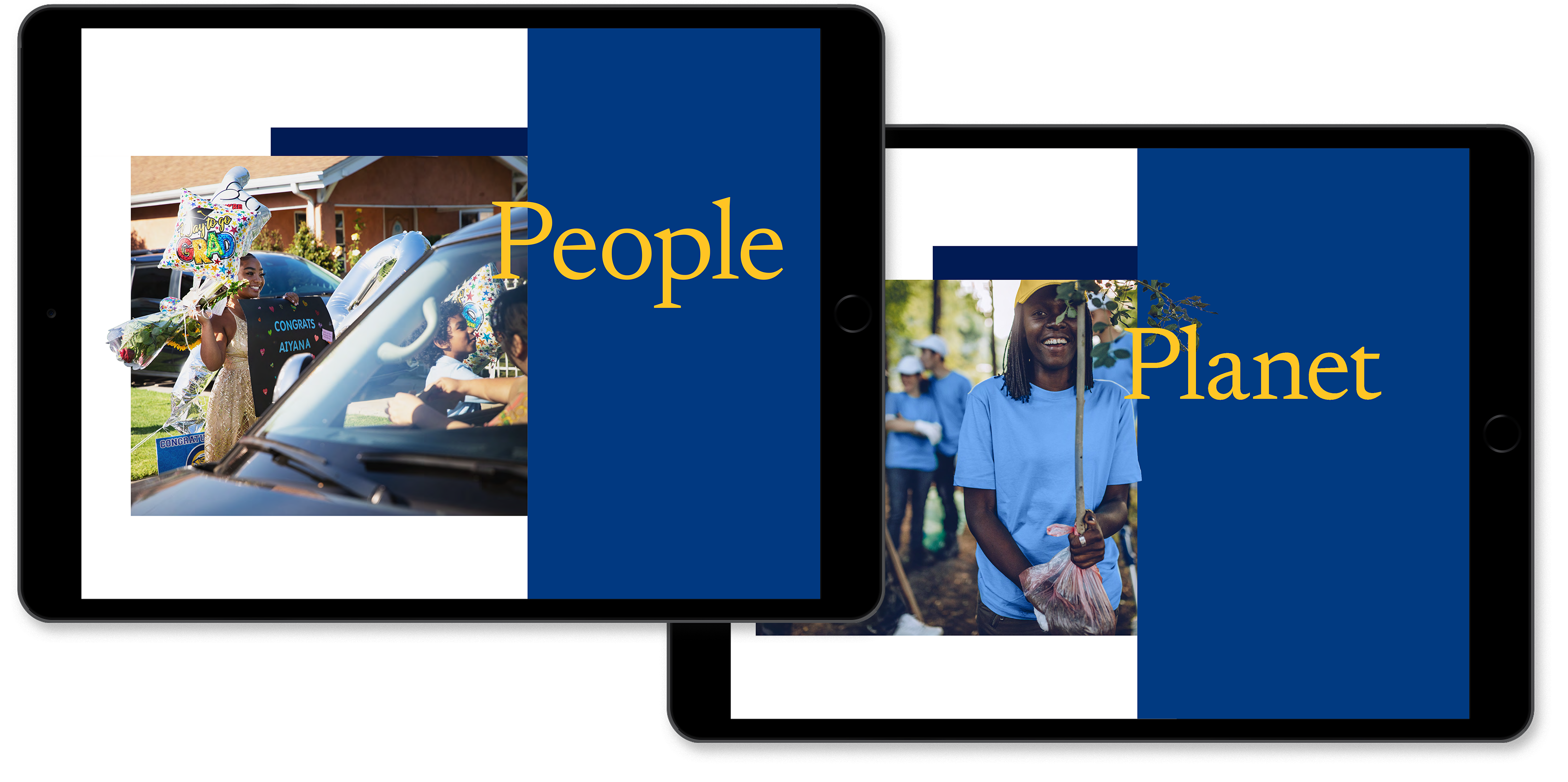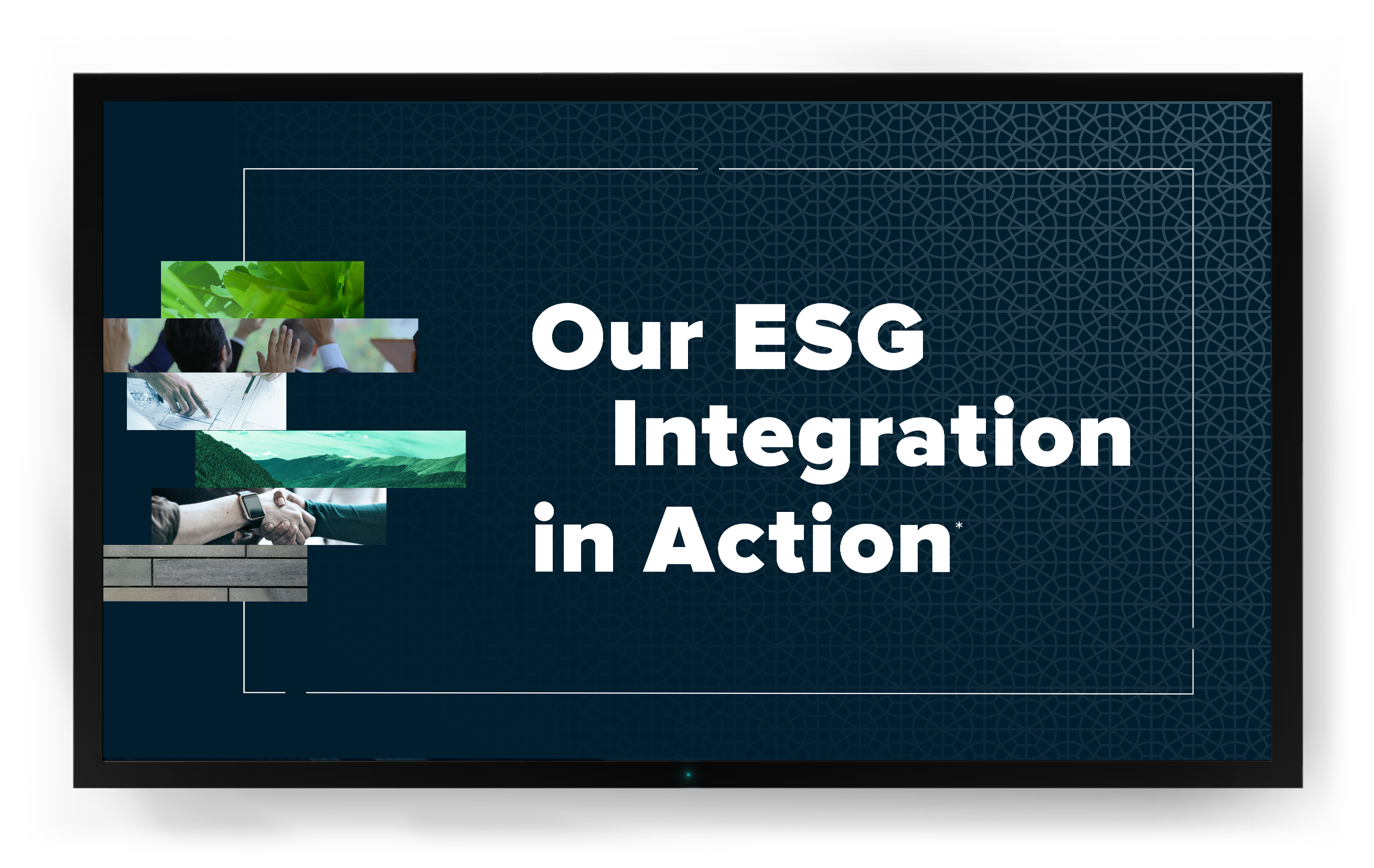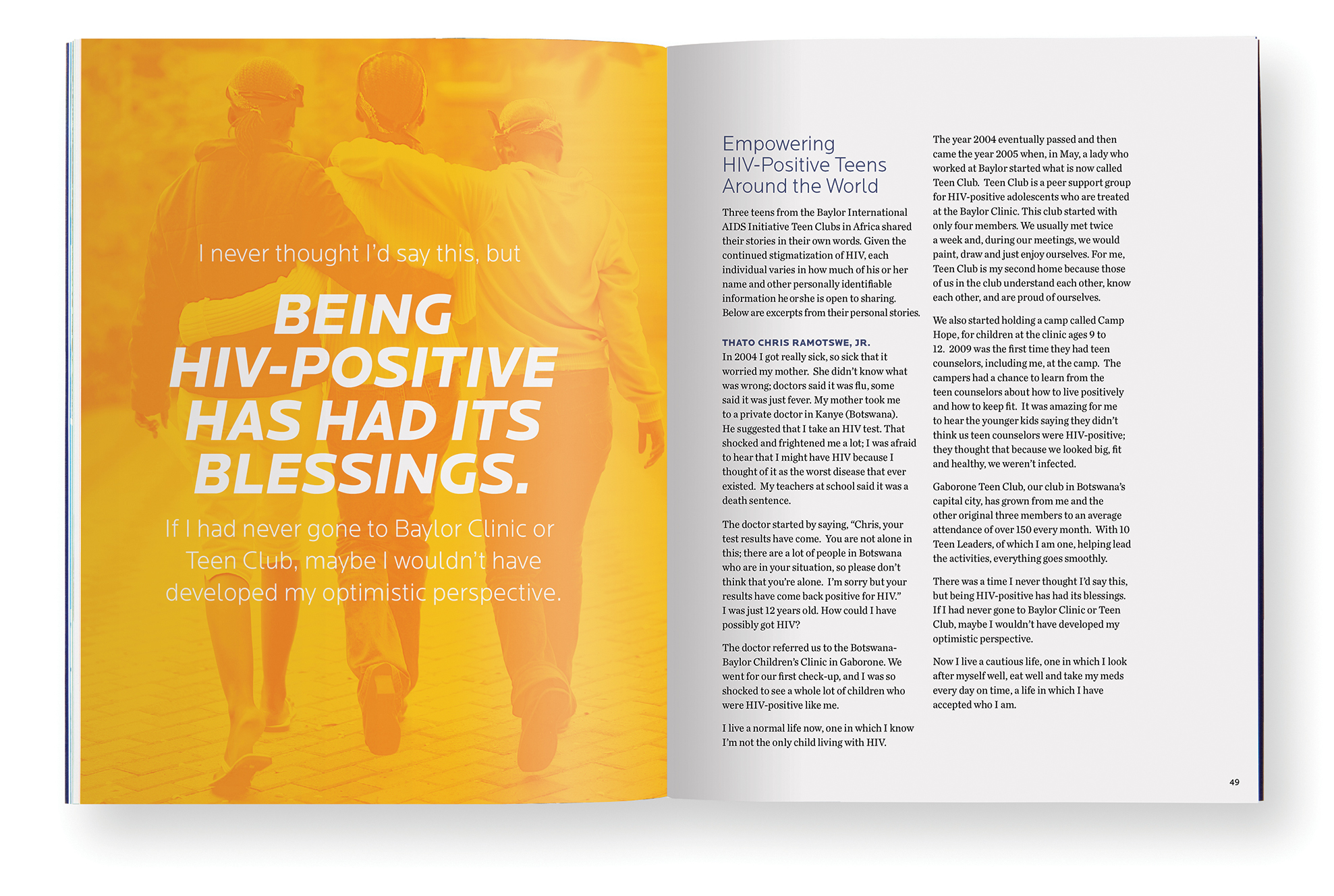Turn your ESG reporting obligations into a brand opportunity

Amid dire warnings of climate change and greater awareness of environmental impacts, labor practices, and diversity issues in business, your company’s clients and investors are putting a greater emphasis on ESG in their buying and investing decisions. And how you present your ESG principles can also be a litmus test for prospective employees.
It’s likely you’re already creating reports and communications for your company’s ESG initiatives. You may even be required to do so. But the growing emphasis on ESG, and the growing expectations of your client and investor audience, is giving these initiatives (and the way you report them) a higher and more business-critical profile.
And even if you already have a robust reporting framework, ESG principles and best practices are evolving year by year. You need to be prepared to adapt to changes in language, standards, and new areas of emphasis.
Turning a reporting obligation into a branding opportunity
So what can you do to create a report that resonates with today’s ESG-conscious audience, and that tells a story that’s deeper and more meaningful than the data? Here are five strategies to make those connections and bring your ESG report to life as a valuable marketing and brand tool.
1. Add a theme.
An overarching theme can provide critical context and help the reader connect the data and information in the report to a larger brand value or company vision. It can also inspire distinct visuals, making your report more memorable and helping your designers avoid cliché and overused imagery.
To help develop your theme, ask yourself:
- What’s driving our program beyond obligation?
- What’s the ESG backdrop in our industry, our community?
- What’s the big picture — not just this year, but looking into the future?
Whatever theme you establish, be sure to weave it through the report in meaningful ways, both visually and verbally.
For example: When we recently worked on an ESG report for a leading consumer lender, we developed the theme “Rooted in Community.” It enabled us to use visuals that focused on team members from local branches as well as typical customers. We silhouetted them to break out of the frame, further emphasizing the idea that “our people and customers always come first.”

2. Emphasize your strengths.
Depending on the size of your business, your industry, and your resources, you might be doing more E than S or G (and vice versa). If you’re calling it an ESG report, you need to be prepared to be equitable in your coverage of all three areas. Otherwise it might be better to publish a sustainability report, diversity report, or corporate governance report.
For example, for the same consumer lending client, we remixed ESG in a way that felt more unique to their business and objectives, dividing the report into People, Principles, and Planet sections that emphasized their specific programs and strengths across the ESG spectrum.

3. Communicate a clear point of view.
Your report is full of whats and hows, but the reader wants to know why, too. Even if you think you’re not doing much that’s different from your peers, it’s important to articulate a strong point of view — why your objectives are important, the value (and values) of your approach, the passion you bring to it. When you start to dig into it, you’ll often find something special and unique you can add to the ESG conversation.
For example, for one of our financial services clients, ESG is not only about doing business responsibly, it’s also integrated into their investment process. In their latest ESG report, we helped them demonstrate the depth of this integration and its impact on the companies they invest in and their customers.

4. Use authentic voices and images.
Break away from the dry CEO or president intro letter. Start the thematic narrative and strong POV there, and include the voices of your leaders, employees (and, if possible, your clients and community) throughout. Connecting your ESG initiatives to the faces and personalities that make them real — or benefit from them — puts them on a relatable, human scale.
The effect can be compelling. The Baylor College of Medicine Community Services report we produced featured profiles of three teenage beneficiaries of BCM’s AIDs outreach programs. In their own words, they provide a powerful and personal validation of the program’s impact.

Similarly, it’s also important to feature imagery and photography that’s genuine and honestly reflects your company, its employees, and the customers/constituents you serve. Don’t use diverse faces gratuitously. If you’re talking about your people, show your people.
5. Highlight specific examples to make more general activities believable.
Savvy ESG-report readers have their antennae up. And rightly so. There’s a lot of greenwashing in the world today. That’s why it’s so important to back up your general claims (“We support DEI”) with really specific examples — narratives that go beyond the big data points to demonstrate tangible and meaningful results. Beautifully designed stats make an impact and are great to read, but specific anecdotes from program participants go one layer deeper, humanizing the cold, hard data.
Are you working on an upcoming ESG report or similar communication? We’re here to help. Contact us at info@thinkso.com or (212) 868-2499.